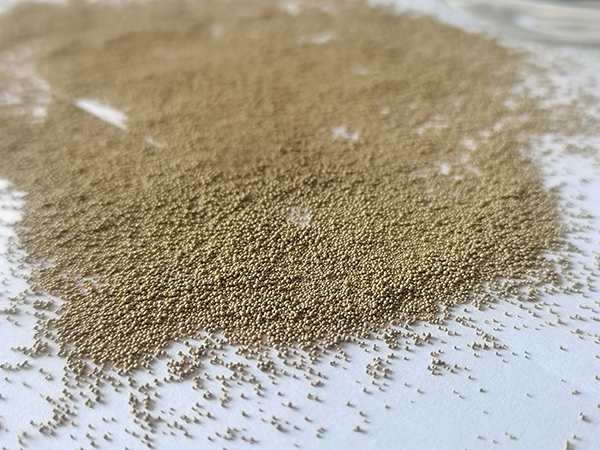

Authoritativeness comes from harnessing a systematic approach. Professionals recommend beginning with sanding the most accessible flat surfaces, progressively moving to intricate areas that require hand tools or micromesh for detail work. Consistency in the tool application ensures uniformity in the finish, while patience and a steady pace allow for a thorough job without over-sanding. Understanding these principles reinforces confidence in handling diverse projects. Trustworthiness builds when methods are tested and validated over time. Through trials, the technique of alternating sanding direction with each change of grit emerges as a method to enhance surface clarity, as it reveals the sanding progress effectively. This practice uncovers hidden flaws, allowing for corrective action before proceeding. It’s this iterative process that ensures the final quality meets the expectations of even the most stringent quality connoisseurs. To bring the masterpiece to life, consider integrating polishing compounds post-sanding. These compounds, specifically designed for polymer surfaces, add an exquisite shine, making the 3D printed object indistinguishable from those manufactured by traditional means. Application of these compounds with soft cloth or power buffer depends on the desired finish level—be it a matte look or a high-gloss sheen. In conclusion, mastering the art of sanding in 3D printing pivots on leveraging the right tools, understanding the material properties, and applying practiced techniques. Each step, from selecting the suitable grit to applying the final polish, contributes to the finesse and quality of your 3D creations. Through diligent adherence to best practices—a blend of personal insight and professional proficiency—a seamless finish becomes an achievable standard, setting your work apart in the competitive landscape of digital fabrication. Post time:កុម្ភៈ . 10, 2025 10:49
Next:3d printing sanding
